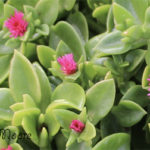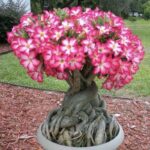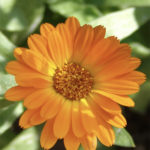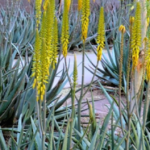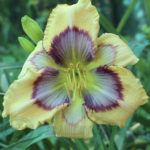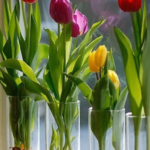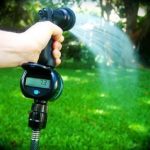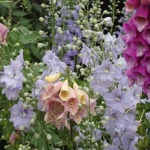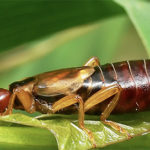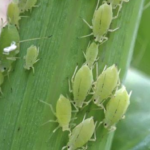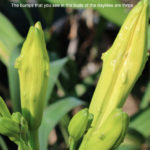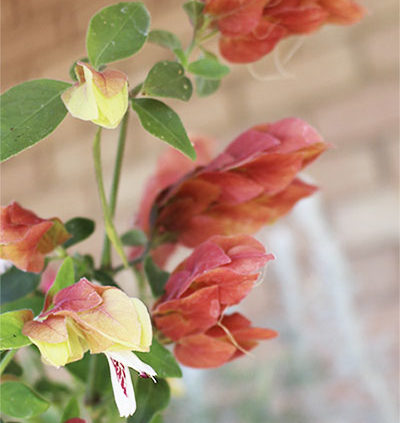
Shrimp Plant Information Details
Shrimp Plants – How To Grow and Care For A Shrimp Plant
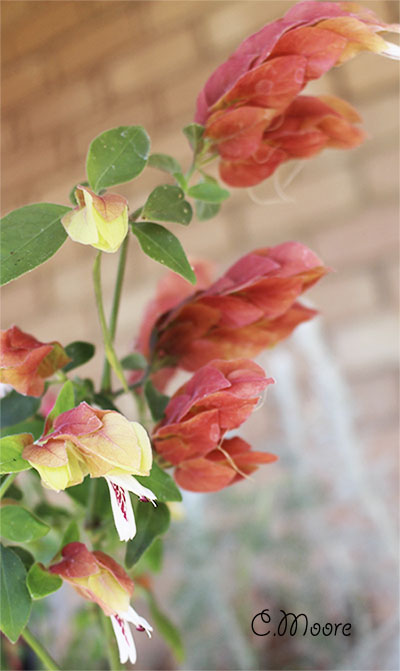 Shrimp plants thrive as houseplants and have a long flowering season. They belong to the family Acanthaceae and are evergreen shrub plants with soft stems that grow to a height of 1-2metres. Shrimp plants are available with rusty red, pink, and lime green bracts, both bearing white flowers. The flowers are small and tongue shaped without any fragrance. Each end of the shrimp plants branching stem is finished with bracts that look like a shrimp. These bright coloured bracts are 4 to 6 Inch spikes of overlapping curved flower heads with soft apple green leaves. The shrimp plant pictured with curved reddish pink colour bracts is botanically called Justicia brandegeeana. They are commonly called Mexican shrimp plant as they are native to Mexico. The plants with lime green bracts so called yellow bracts, have the botanical name Pachystachys lutea or are commonly called golden shrimp plant or lollipop plant. This plant is native to central and South America. Shrimp plants are used as landscape plants in tropical and subtropical areas and also as indoor plants. The flowers attract birds, bees, and butterflies. The plant produces flowers throughout the year, but the best season is in summer and autumn.
Shrimp plants thrive as houseplants and have a long flowering season. They belong to the family Acanthaceae and are evergreen shrub plants with soft stems that grow to a height of 1-2metres. Shrimp plants are available with rusty red, pink, and lime green bracts, both bearing white flowers. The flowers are small and tongue shaped without any fragrance. Each end of the shrimp plants branching stem is finished with bracts that look like a shrimp. These bright coloured bracts are 4 to 6 Inch spikes of overlapping curved flower heads with soft apple green leaves. The shrimp plant pictured with curved reddish pink colour bracts is botanically called Justicia brandegeeana. They are commonly called Mexican shrimp plant as they are native to Mexico. The plants with lime green bracts so called yellow bracts, have the botanical name Pachystachys lutea or are commonly called golden shrimp plant or lollipop plant. This plant is native to central and South America. Shrimp plants are used as landscape plants in tropical and subtropical areas and also as indoor plants. The flowers attract birds, bees, and butterflies. The plant produces flowers throughout the year, but the best season is in summer and autumn.
How to Care?
Though shrimp plants only require simple care and a good amount of sunlight, they do not require direct sunlight to grow and bring out the delicious flower colours. Choose an area in the garden where the shrimp plant will get afternoon sun and winter weather protection, with the use of large overhead trees yet at the same time receive morning sun. Shrimp plants are an ideal plant for outdoor spaces as well as for, well lit indoor areas. Indoors the plant requires fresh air and temperatures between 12 C to 18 C. The plant grows well in loamy and sandy soil with good drainage. Once the plant becomes well rooted, they are tolerant to drought conditions and frosts. Outdoor plants grown in hot areas will require watering at least two times a week in summer. Water them sparingly in winter. Do not allow the soil to dry out completely. During summer months, water the plants using a solution of liquid plant food when grown in pots and the plant requires repotting every year. The plant can be grown as a compact form by pruning them regularly or can be grown in tree form with tight flower heads. The best time to do repotting is during spring after the frost and cold weather has passed.
Grooming and Pruning
Shrimp plants can grow quickly and stems can get leggy. It is necessary to prune the plants repeatedly to make them look compact and to manage them when placed indoors. Spring is the ideal time to yearly prune and fertilise the plant. When you trim the shrub cut the stem just above the leaf node. Remove the flower heads when they begin to die so that new growths emerge and make the plant look healthy.
Pests and Problems
The common problems shown by shrimp plants are pale leaves caused due to poor feeding, blackened bracts due to rain or by watering the plants with overhead sprinklers. Yellow leaves can also be due to over watering. Straggly growth and pale flower head indicate low exposure to sunlight. The most common pest attacking these perennial plants is the red spider mites.
Propagation
While you can grow shrimp plants by collecting the seeds, the easiest and quickest way of propagation is by a division of the clumps or propagating stem cuttings in spring. Potted plants can be easily divided each year. You can also use stem cuttings with at least 4 sets of leaves to propagate the plant for an outdoor garden. Dipping the cut stems in rooting hormone accelerates rooting. Make sure that the soil is moist after the stem cuttings are planted. Rooting will occur within 6-8 weeks.


